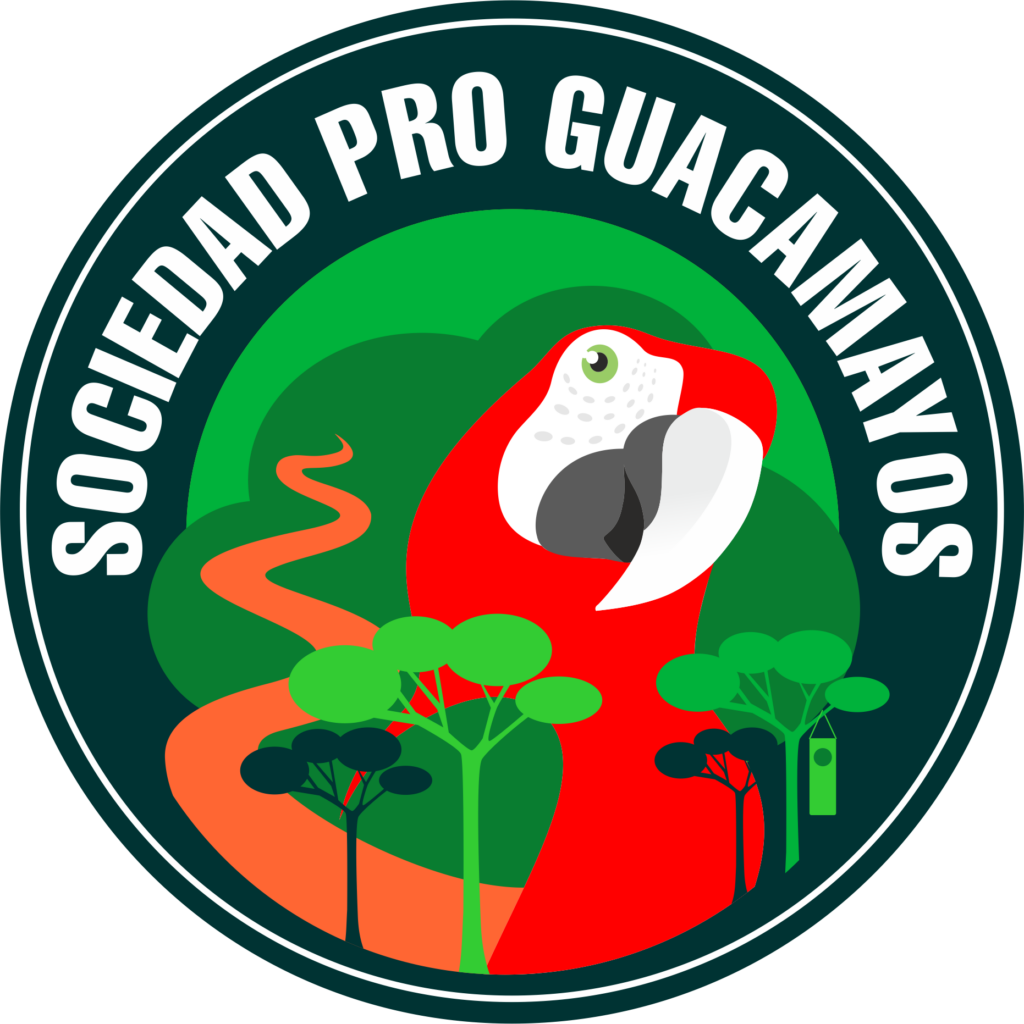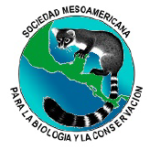Submission Deadline: 25 October 2023
The Parrot Release in the Americas Symposium and Workshop invites researchers, conservationists, rescue centers and others who work with parrot release to submit abstracts for oral presentations and a virtual poster session. This full-day, immersive, virtual symposium and workshop is designed to bring together experts on parrot release from across the Americas to discuss and explore the latest advancements and challenges in the field of parrot release and conservation. The program is designed to facilitate information exchange and networking for stakeholders from a broad array of backgrounds including, Scientists, Rescue and Release Centers, Conservation NGOs, and Government Regulators.
Appropriate Topics for Presentations
Researchers and practitioners from across the Americas are encouraged to submit presentations on a wide variety of topics related to the release of parrots.
- Development or use of innovative techniques useful in parrot releases
- Prerelease training, Predator aversion, Flight training, etc.
- Case studies of parrot releases (successful or not so successful!)
- Survival rates, Post release movements, Parrot release protocols, etc.
- Innovative ways governments or rehabilitators are dealing with confiscated parrots and parrot releases
- Post release monitoring successes and challenges
- Marking techniques, Telemetry work, Movements post release
- Other topics related to the theory or practice of preparing parrots for release, releasing parrots or monitoring parrots post release.
- Presentations will only be accepted on topics related to the theme of parrot release.
Presentation Formats
Oral presentations will be 15-minutes long (strictly enforced).
Virtual posters will each be given their own breakout room in Zoom. Each virtual poster will include a single poster (a large format page that can be read by participants on their computer screens) and one or more (optional) video clips or images. During the 1-hour long poster session, each presenter will share their screen with the projected poster, and participants will be free to enter and leave the different breakout rooms. When participants are interested, presenters can share their video clip(s) as appropriate.
Abstract Guidelines
If you are not experienced with writing scientific abstracts, consider reading one of the many online writing guides. In general, include 1–2 sentences of background information followed by 1–2 sentences stating the question or hypothesis to be addressed, a brief summary of the methods used, and a brief summary of the key results and interpretation. Be concise, be precise, use first person, and avoid statements that don’t convey information (e.g., “results of our analyses will be discussed”).
Abstract Submission
Abstract submissions should be submitted before midnight 20 October 2023 at the following link
Abstract Details
Abstracts are limited to 1,750 characters, including spaces (approximately 250 words).
Each abstract should contain the following:
- Title
- Presenting author name (in bold), email address, and professional affiliation. Presenting author should be first in the list
- All other author names, emails, and professional affiliations
- Preferred presentation format: Virtual Poster or Oral Presentation
- Body of the abstract.
Sample Abstract
Novel ways to address the big problems facing parrot reintroduction
Donald J. Brightsmith, Brightsmith1@tamu.edu, Texas A&M University, USA. Humberto Fonseca Mendes, email@UFA.edu.br, Universidade Federal de Alfenas, Brazil. Loic de Leeuw, email@TMS.org The Macaw Society, Costa Rica. Dennis Janik, email@RWRescate.org, Wildlife Rescue Center, Costa Rica. Roshan Tailor, email@TMS.org, The Macaw Society, Costa Rica. Chris Biro, email@BRI.org, Bird Recovery International, USA. Gabriela Vigo-Trauco, gvigotrauco@cvm.tamu.edu, Texas A&M University, USA
Preferred format: Virtual Poster
Abstract
Parrots are endangered by the illegal trade and habitat loss, resulting in over 50 species being identified by IUCN as potentially benefiting from captive breeding and release programs. Additionally, thousands of illegally held parrots are confiscated and sent to rehabilitation centers annually throughout the Neotropics. In breed and release projects, predation, lack of flock cohesion, and fly-offs from the release area present serious challenges and reduce chances of establishing new populations. Meanwhile, confiscated parrots that are deemed “unreleasable” for physical or behavioral reasons consume space and resources, overwhelming the rescue systems put in place to help them. When these rescue systems collapse, governments often reduce confiscations and thereby reduce enforcement of illegal trade laws. Our group conducts research to address both of these complex issues. In Brazil, we used novel parrot free-flight techniques to release six captive raised juvenile Blue-and-yellow Macaws [Ara ararauna]. These birds developed strong flocking skills, successfully navigated to and from areas >10 km away, learned to eat native foods, and had 100% first year survival suggesting this technique has great potential to improve release success. In Costa Rica, we released 15 “unreleasable,” critically endangered, Yellow-naped Amazons [Amazona auropalliata] in an open-topped, fenced area in a protected forest. Two months later, 66% of them are still alive and doing well, suggesting that this technique also has great promise. We present these techniques and discuss how future research can help address the major challenges facing parrot release.




